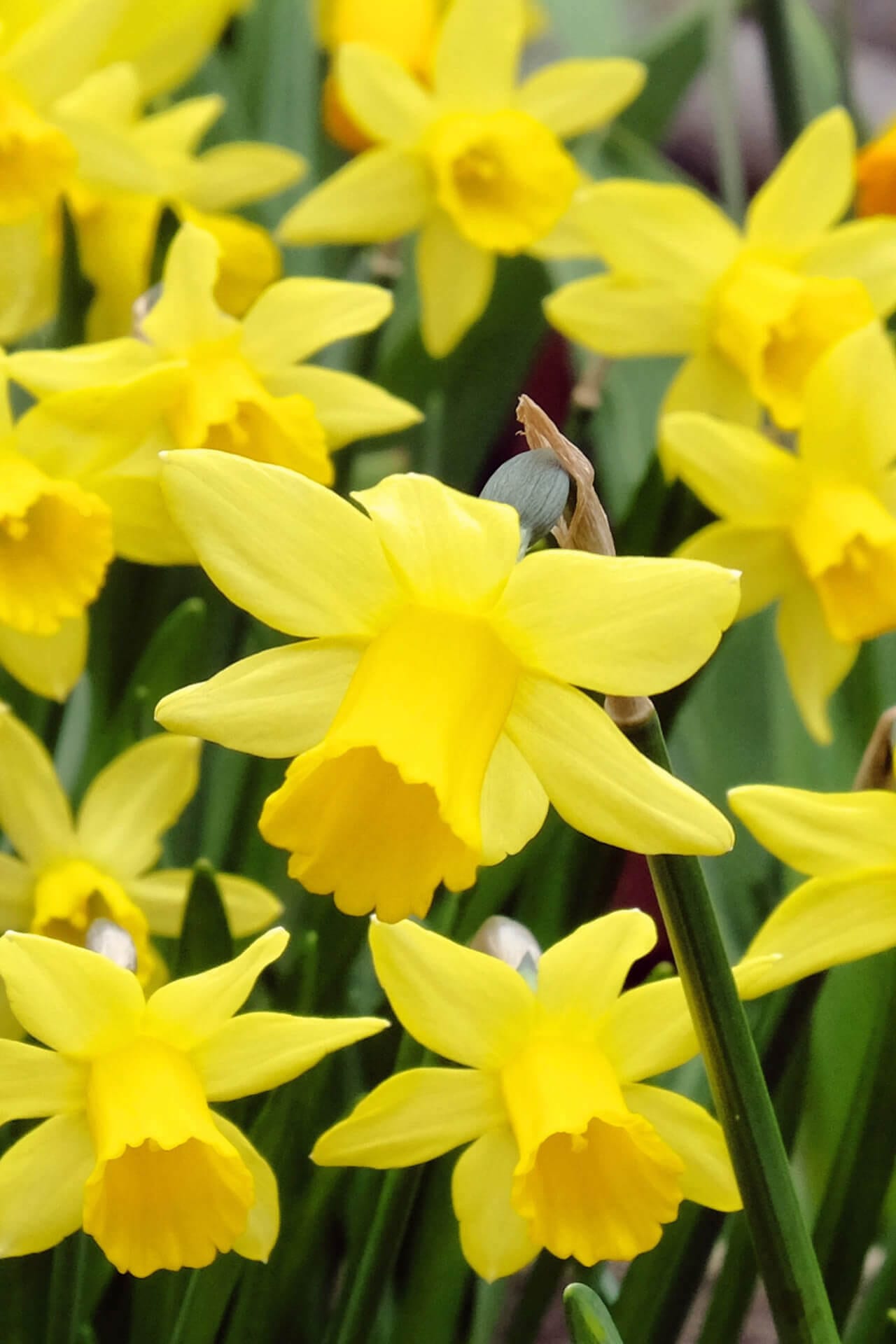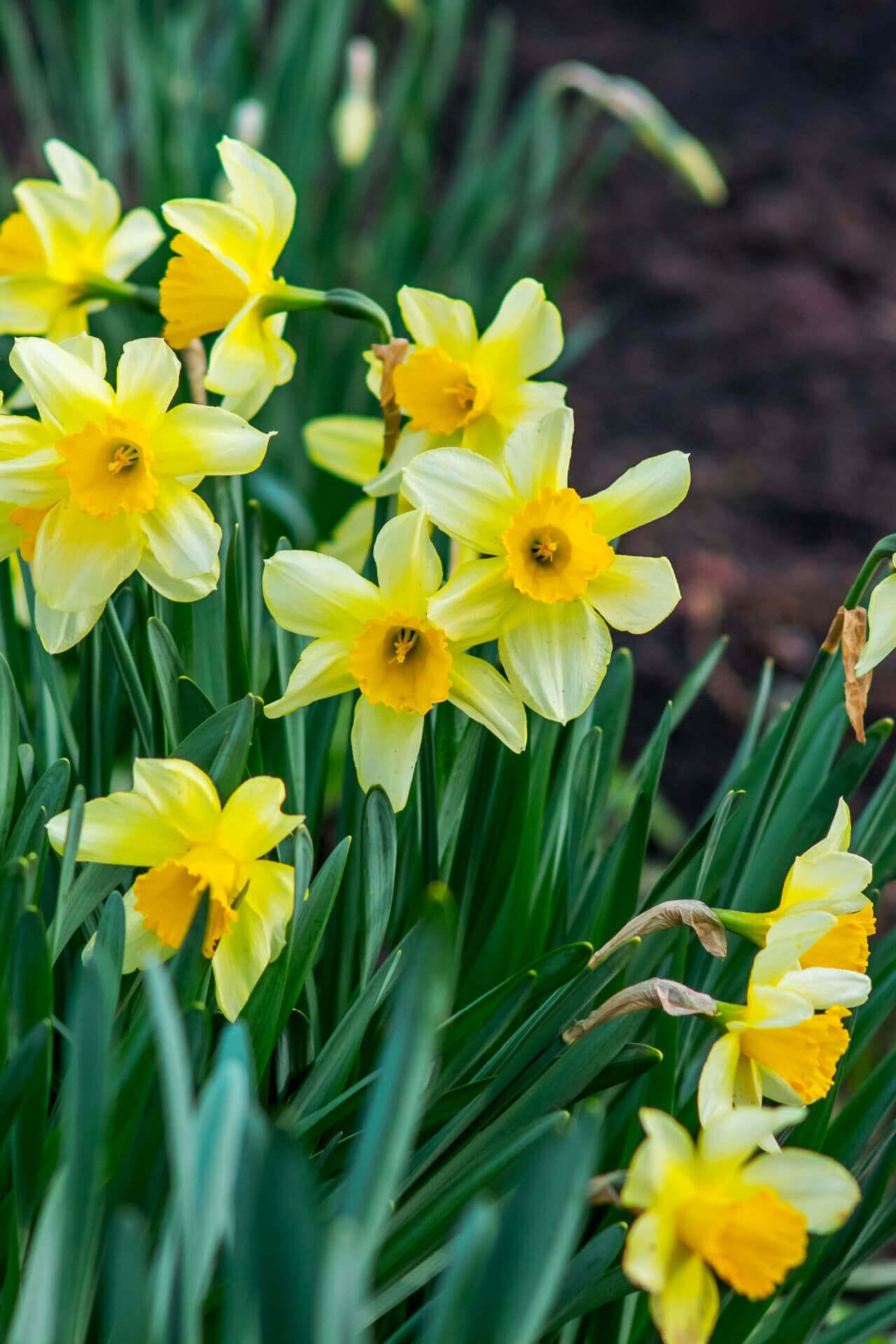Daffodil Plant
Daffodil Plant
| Order | Percentage Discount | ||
|---|---|---|---|
| 2-5 | 25% Off | ||
| 6-10 | 30% Off | ||
| 11-25 | 35% Off | ||
| 26-50 | 45% Off | ||
| 51+ | 65% Off | ||
Couldn't load pickup availability
5-7 Days
Under 12"
Full Sun
3-8
Flowering
Bare-root
Daffodil Plant - Narcissus Pseudonarcissus
Daffodil Plant is a perennial bulbous plant native to Europe and North Africa. It is renowned for its beautiful, bright yellow flowers with trumpet-shaped centers. Daffodils typically bloom in the spring and range from pale yellow to deep golden hues.
Plant History
They have a long and storied history dating back to ancient Greece, where they were believed to be a sign of love. In Roman mythology, the narcissus flower is associated with the story of Narcissus, a beautiful youth who falls in love with himself and becomes the flower that bears his name. In modern times, they have come to symbolize rebirth and new beginnings, making them a popular choice for springtime decorations and gifts.
Daffodil Plants Are Relatively Easy To Grow
Daffodils are relatively easy to grow and care for, making them popular for gardeners of all skill levels. They prefer well-drained soil and full sun. They should be planted in the fall, ideally between September and November, and spaced 3-6 inches apart.
Plant Requirements
After planting, the bulbs should be watered thoroughly until spring, when they sprout. Once the flowers bloom, they should be left alone until their foliage completely dies.
Uses
Daffodils have several uses and benefits beyond their aesthetic appeal. They have been used in traditional medicine to treat various ailments, including respiratory problems and skin irritations. In addition, daffodils contain several compounds that have been studied for their potential anti-cancer properties. Some research has suggested that these compounds may inhibit the growth and spread of certain types of cancer cells.
This Is How Your Plants Will Look upon Delivery
Bloom/Foliage Color
Yellow
Shipping date depends on the date displayed and chosen when you order from the product's page.
We only accept returns on plants verified dead. If you think your plants have died, we offer a 1 year warranty, please use use this File a Claim Link to verify dead plants and start with return warranty process.









